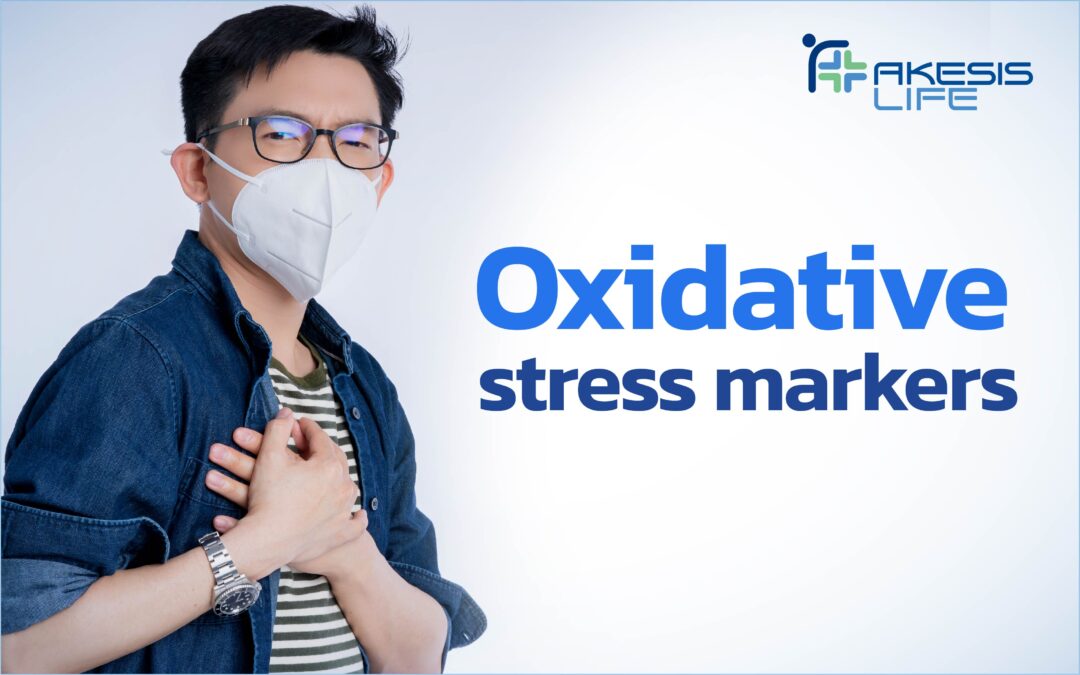“Excessive free radicals are the root cause of all degenerative and chronic diseases, including cancer.”
Oxidative stress refers to an imbalance between the production of free radicals in the body and the ability to eliminate or neutralize them through the body’s natural antioxidant defense mechanisms (endogenous antioxidant enzymes).
Free radicals are molecules containing at least one oxygen atom and an unpaired electron, making them unstable. As a result, they seek to bind with other molecules—such as proteins, lipids, or nucleic acids—disrupting their structure and function. This leads to cellular aging and contributes to diseases like cardiovascular disease, dementia, kidney degeneration, and even cancer.

### Causes of Free Radical Formation
Free radicals (e.g., Reactive Oxygen Species (ROS), Superoxide Anions, Hydroxyl Radicals, Hydrogen Peroxide) can originate from both endogenous (internal) and exogenous (external) sources.
1. **Cellular respiration (Aerobic Respiration)**: The process of converting carbohydrates, proteins, and fats into ATP energy via mitochondria always produces free radicals—just like how burning fuel in an engine inevitably produces smoke.
2. **Inflammation**: Immune cells like macrophages produce ROS to kill pathogens during immune responses.
3. **Diet and environmental exposures**:
– High-heat fried foods, sugary foods, toxin-contaminated foods, overeating
– Cigarette smoking
– Alcohol consumption
– UV and ionizing radiation exposure
– Environmental toxins
– Heavy metal exposure (e.g., mercury, lead, cadmium, arsenic)
– Certain medications (e.g., NSAIDs, AZT, Doxorubicin)

In healthy individuals, free radical production is well-regulated. ROS also serve as essential signaling molecules. Mild to moderate oxidative stress can activate Nrf2, a transcription factor that stimulates antioxidant enzymes such as Superoxide Dismutase and Glutathione Peroxidase, benefiting health and longevity.
However, excessive oxidative stress beyond the body’s balancing capacity leads to inflammation, cellular degeneration, aging, and eventual cell death.

### Tests for Measuring Oxidative Damage
Several tests are available to assess oxidative stress levels in the body:
1. **Assessing damage to lipids, proteins, and nucleic acids**:
– Lipid Peroxidation: Malondialdehyde (MDA), 4-Hydroxynonenal (4-HNE), F2-Isoprostanes, Oxidized LDL Antibodies
– Protein Oxidation: Dityrosine (linked to Alzheimer’s disease)
– DNA Damage: 8-Hydroxy-2-deoxyguanosine (8-OHdG)
– Nitrosative Stress: 8-Nitroguanosine
– Advanced Glycation End Products: NE-(carboxymethyl) lysine (CML)
2. **Antioxidant enzyme activity**:
– Redox assays (GSH:GSSG), Catalase, Glutathione S-Transferase (GSTs), Superoxide Dismutase (SOD)
3. **Micronutrient profile**:
– To assess whether the body has sufficient antioxidants or needs supplementation

### Who Should Get Tested for Oxidative Stress Markers?
Anyone at risk of elevated oxidative stress, including:
– Those who don’t consume enough antioxidants from diet and frequently eat sugary, processed, high-heat, oily, fried, or grilled foods
– Those exposed to toxins through food, air, or contact (e.g., heavy metals, dioxins, PCBs)
– Smokers
– Alcohol consumers
– Individuals with imbalanced lifestyles: lack of sleep, high stress, no exercise
– Those feeling increasingly fatigued or showing signs of deteriorating health despite not having a diagnosed disease
**”Oxidative Stress is a Fundamental Pillar of Aging.”**
So, if you want to stay healthy, prevent disease, and slow down aging—start understanding and addressing oxidative stress today.


